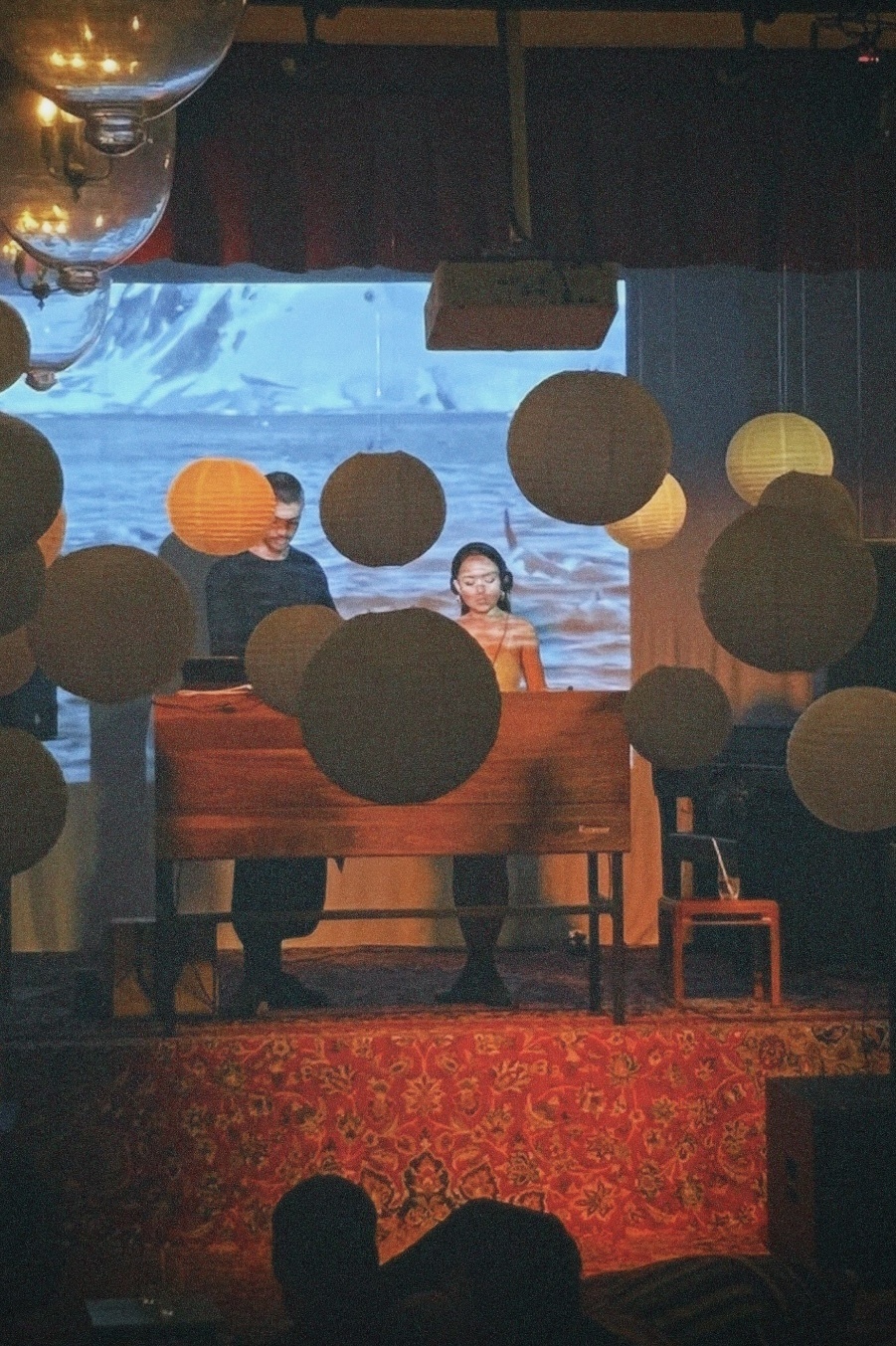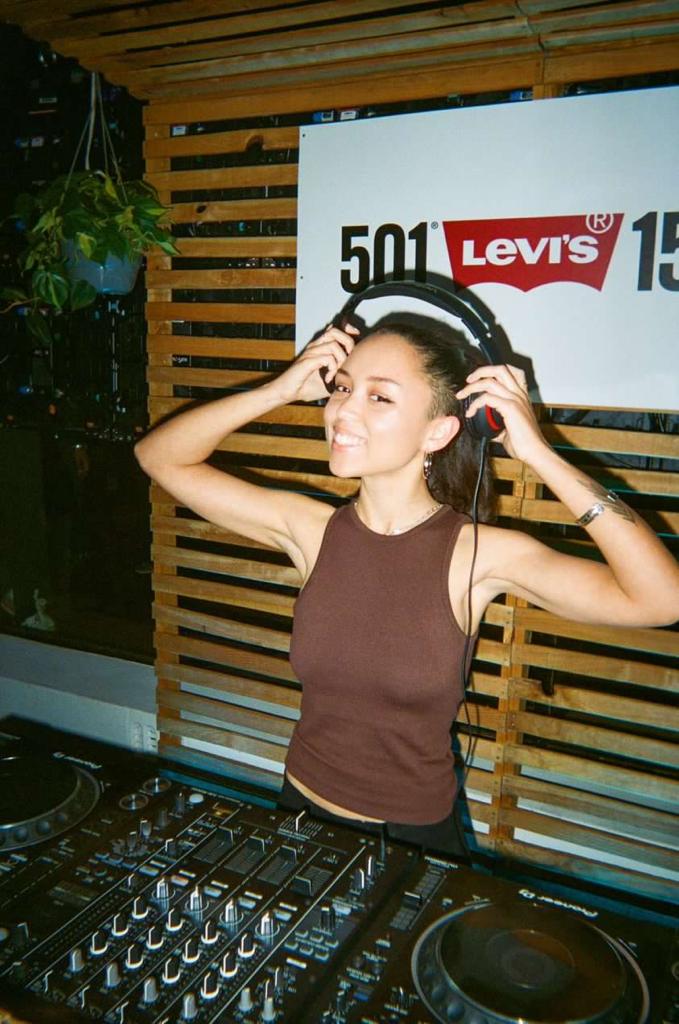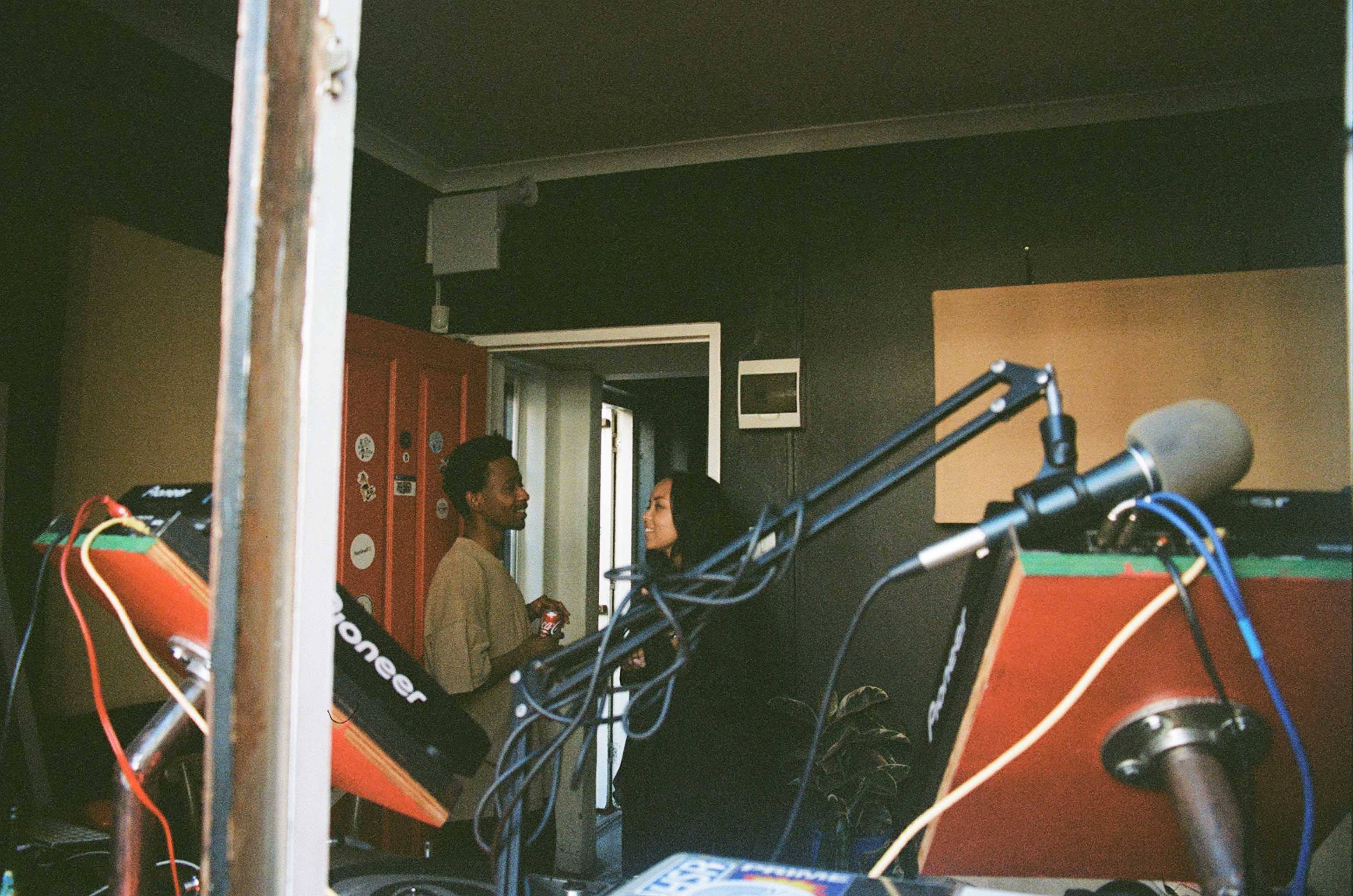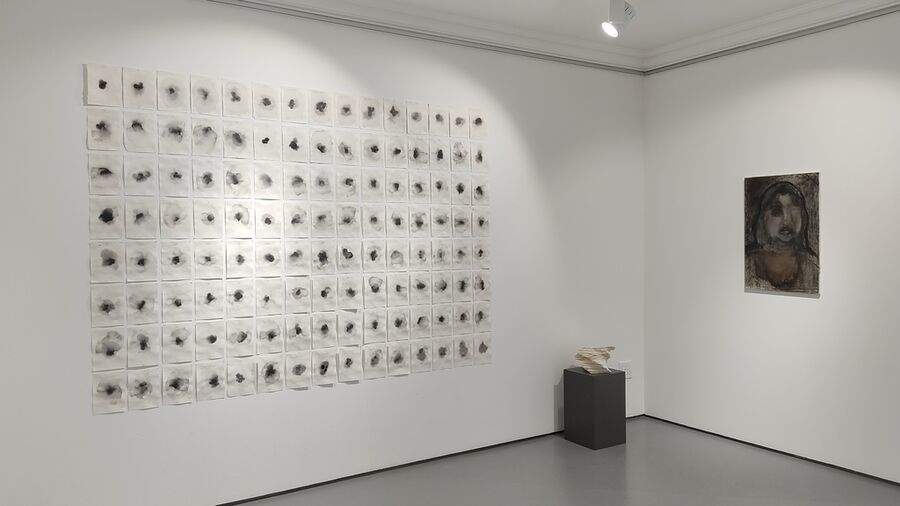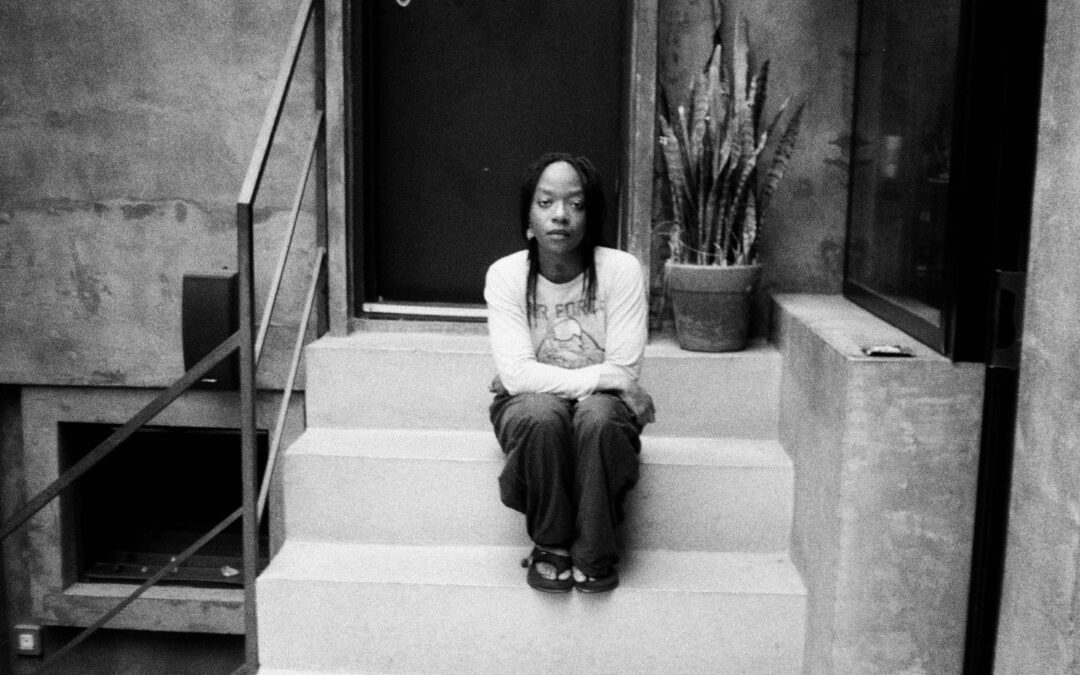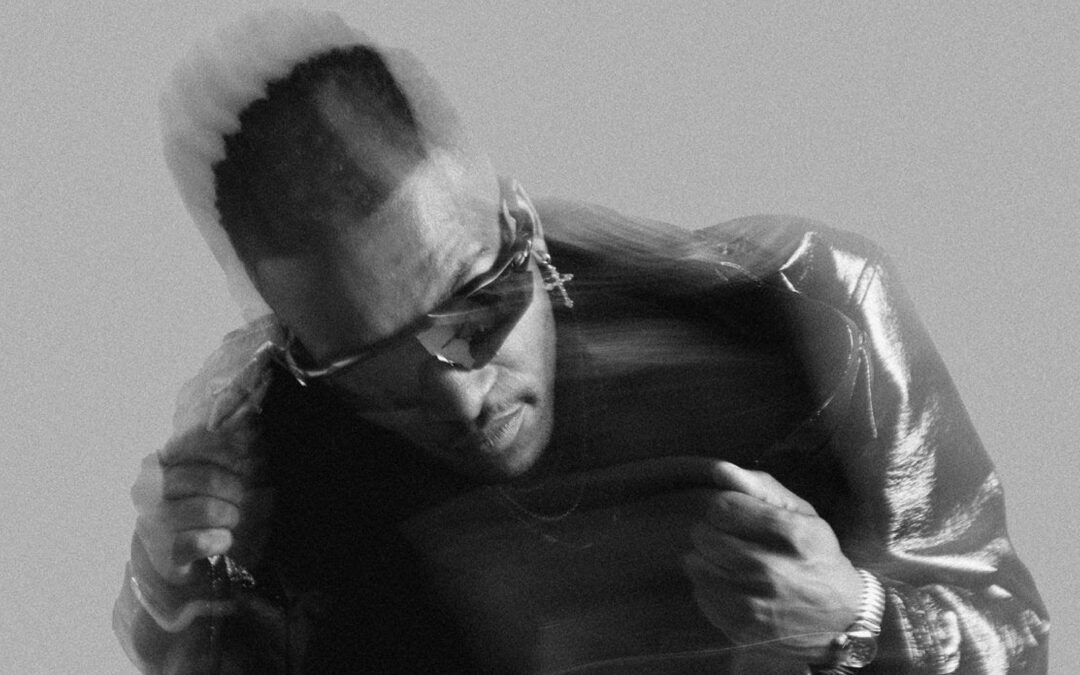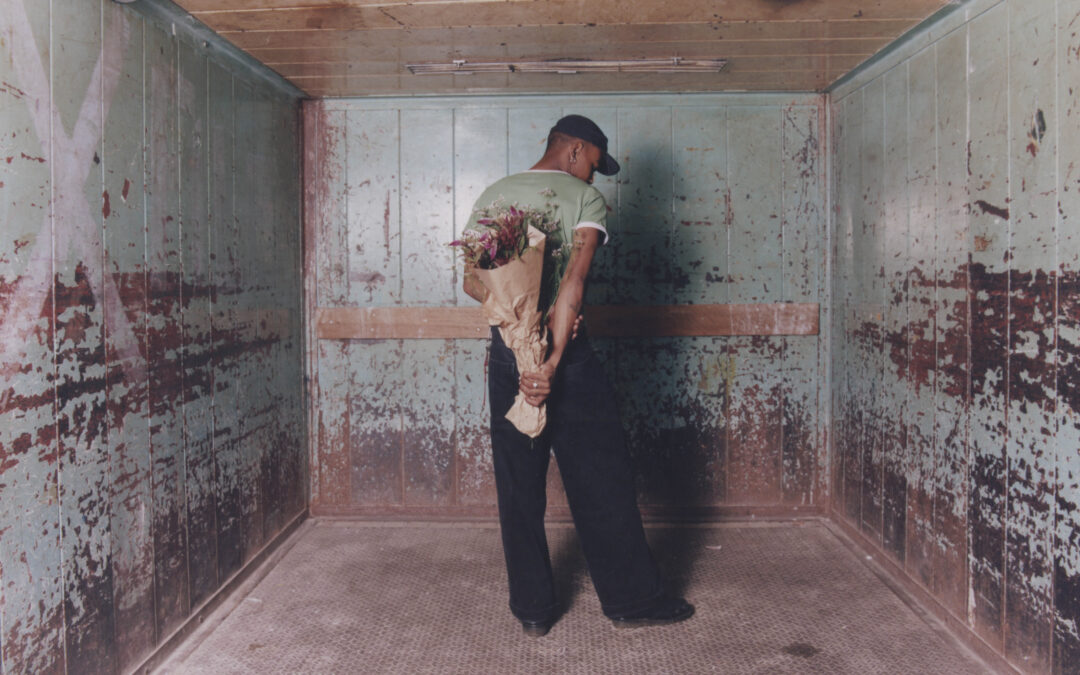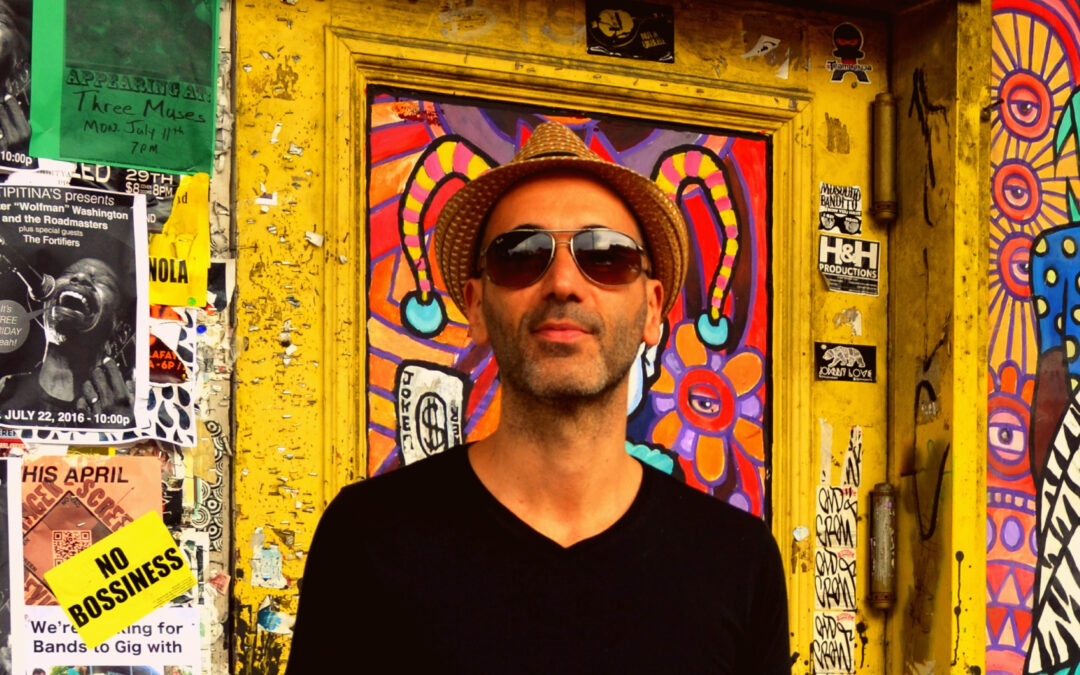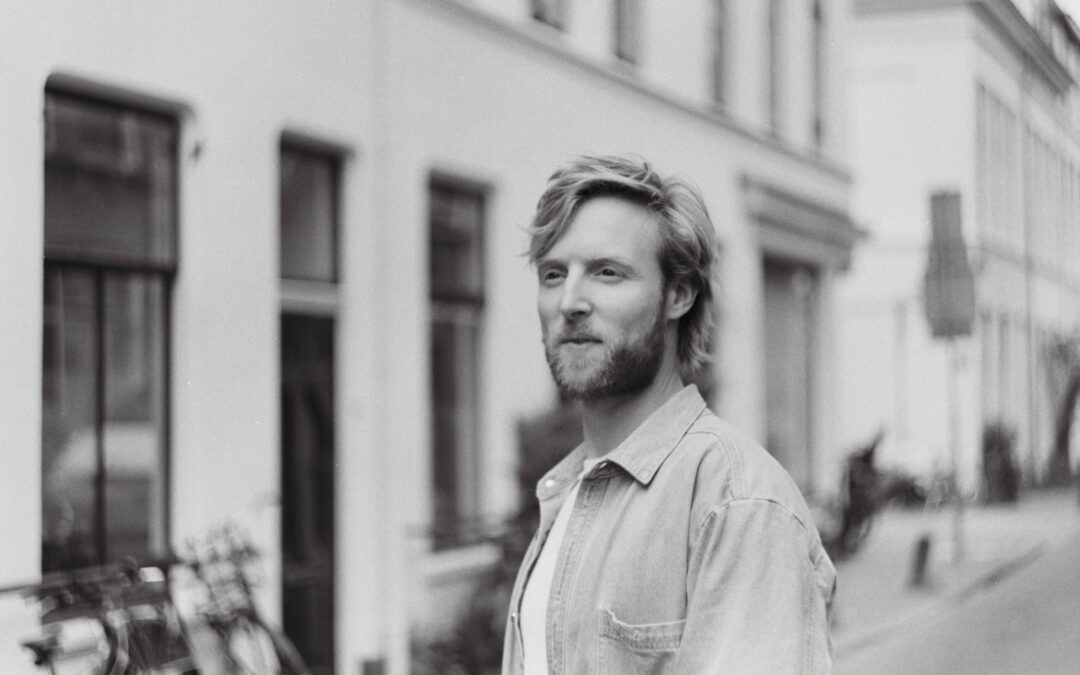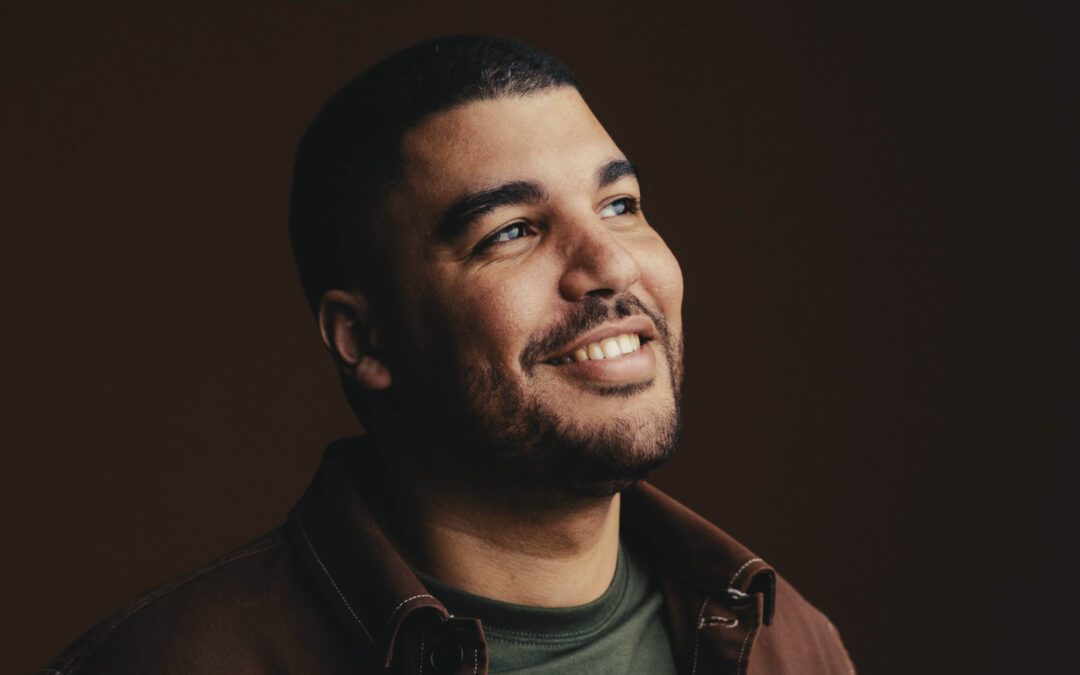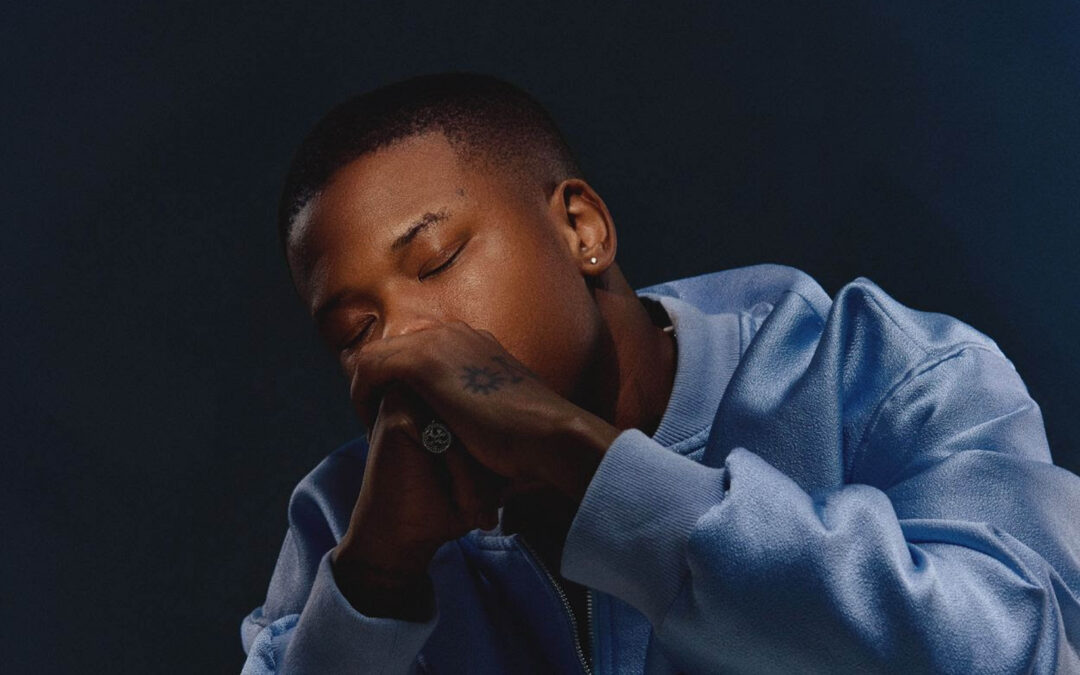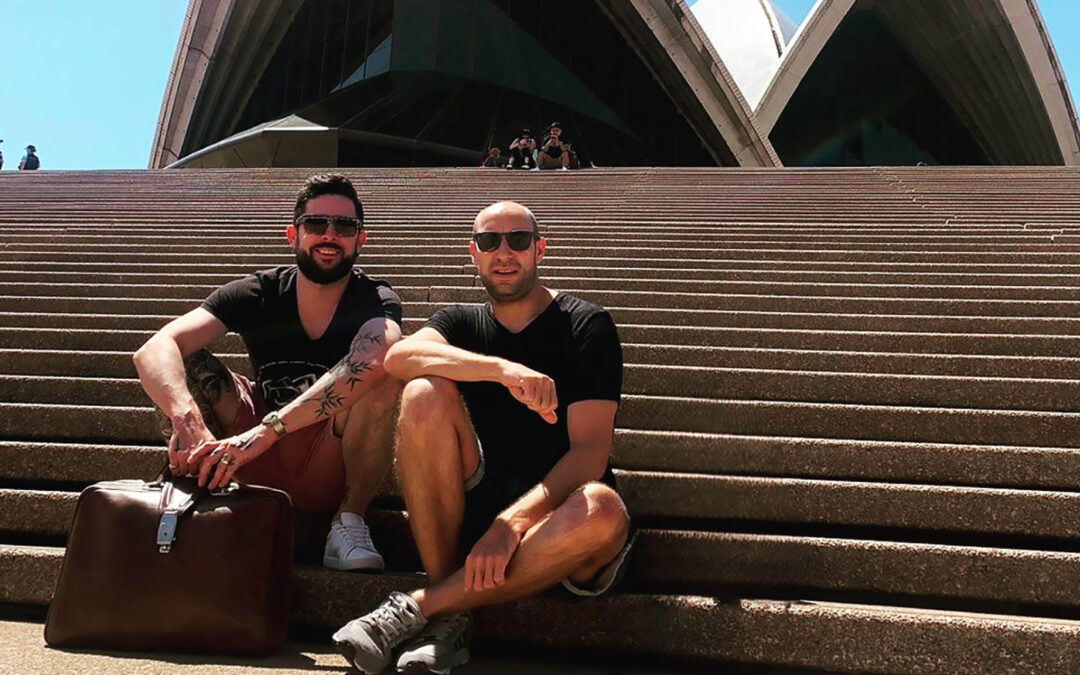It is rare to meet someone with such a tacit understanding of their own possibilities; even more rare, to meet someone who is grasping the many threads of reality, and weaving them with stunning effect. The kind of effortlessness (and dedication) Naledi Holtman expresses is why, when thinking of how to describe her, I arrive at: sonic alchemist. I say this with no shred of verbosity (I promise); simply put, there is a quality to the way Naledia sees and arranges her world and work that is scientific, but in a pre-enlightenment sense. Alchemy is the ancestor to science – and Naledi Holtman’s work needed a more abiding term – something more ‘medicinal’. So, sonic alchemist, it is; in addition to being an interdisciplinary artist and landscape architecture graduate.
Naledi is known as two distinct artistic forces; raresoftware and Gonubie. The former is her electronic DJ moniker, and the site for the grittiest, techno-laced aspect of her musical discipline. Gonubie, a reference to the river and area in the Eastern Cape where her mother was raised, is the ambient, interdisciplinary aspect that is foraging sounds out of a deep, guttural inquiry into spatial awareness – how sound and space, land and memory – are encoded in everything that we do, as human beings. Naledi’s mind operates with intense precision and the result is beyond verbiage. We will get into that later.
ICFTJ – April 2023
Gonubie – Listening Party, courtesy of Naledi Holtman
Levi’s – May 2023
I always preface my conversations with a ‘back to the beginning’; it’s a root question that never gets old. On her background, as it relates to her creative expression, Naledi explains that “I grew up in quite a musical family. My parents were passionate about 70s music – particularly soul. My brother is eleven years older than me and when I was growing up, he was DJing. DJs were still using packs of CDs – maybe a bit of vinyl – and I was very curious about what he was doing. I loved the materiality of the CD and the packs that were collected. He would pick me up from school and share some of the electronic music that he was into, so that was my introduction.” Few kids ever get to cut their teeth so directly with the guidance of an older sibling’s craft- and Naledi notes that those school pick-ups were foundational, “it was really when my brother gave me his laptop that my process began. It came with his collection of music, his production and DJ software, too. I started exploring it on my own. It sparked my own research into music and mixing. This was the rise of EDM and I began to be really inspired by what a DJ can do. I knew that one day, I wanted to play to an audience and understand, firsthand, that synergy from a crowd.”
Naledi’s practice was forged at 17, in a way that is exceedingly iconic. In Memory Of Corner Store (if you know, you know), Naledi references her first tutelage, “In 2017, Corner Store hosted a workshop for young creatives in Cape Town. It was photography, fashion and electronic musicians. I was super excited to be accepted. We got the opportunity to learn from Queezy, Angel-Ho and Ra The Bored – it was incredible. Looking back, it was such a crazy moment. The group of us who participated went onto form a solid group, since 2017 we have thrown parties together – and my first set ever originated from that experience.”
Human beings are complex and I often wonder how it is that people find the focus to hone in on a single aspect of themselves. In 2022, after some years playing and performing as raresoftware; Naledi was drawn back to her classically trained roots, in order to build an album with a similar kind of composition process ‘akin to painting’ – the result? ‘Signals At Both Ears’, an immersive, deeply technical and poetic debut album, under the moniker ‘Gonubie’. I ask Naledi why she chose to establish two different threads of expression, to which she explains that “starting out, I have had this really deep interest in dance music – but I also have been classically trained as a flautist. Raresoftware was born to express the electronic, EDM, techno aspect of who I am. Gonubie, on the other hand, was born out of my show on Hamshack Radio – where I got to share more of my different sonic interests and genres. I knew I wanted to make something from scratch, and I had no idea what it would be. What ended up being organically expressed was this experimental, ambient, fourth world collection of music. The desire to make dance music still exists, but Raresoftware and Gonubie are two functions of who I am as a whole, and they exist as an expression of a natural accumulation that has taken place.”
Corner Store DJ Workshop, 2017, courtesy of Naledi Holtman
Hamshack Radio, 2022, courtesy of Naledi Holtman
Naledi’s understanding of sound is informed by space, and music a deeply cerebral site of inquiry for her. Regarding the intangibility of sound and the very ‘real’ experience of being rooted in space or land – Naledi’s background as in landscape architecture has proven itself as a tool for her to two reconcile this intrinsic awareness that she has felt – that sound and space are forces locked in a dance, subtle though it seems. Naledia explains, “I was taught to see compositions and music in quite a spatial way. The role of the melody or the key – invites a certain colour or change in the feeling of a composition. Playing in ensembles or in groups, was always imbued with that lens of seeing which instruments play which roles. I studied fine art and I wanted to share that interest in sound not as something only symbolic – or something that carries memory – but actually think about how to share this way of seeing as something that is more intangible. Sound is more than just the ear perceiving physical vibration. This was my research area in third and fourth year.” and that “in fourth year, I went on to study landscape architecture. I wanted to go more deeply into learning the mechanisms of a spatial discipline. That was in 2022 which was also the year that I made the album; so sound and land became these two different tools or languages that are not in opposition. It’s one of the most fun parts of being an artist and musician – to dissolve those boundaries.”
I ask Naledi, why land and landscape architecture? How is this subject indistinguishable for her as an artist and musician? “I have always been very curious about the ideas of home. Growing up, home has been very much a sonic thing. So, that brings us to the question of place and space? If memory is so transient and intangible, then how is it reflected in space? Landscape architecture and land is where I find those answers – even something as simple as how familiarity welcomes and excludes people, such as the colours or materials of their neighbourhood.” The cornerstone of praxis for Naledi’s aspiration in architecture are deeply ecologically; where collaboration and community collide, for multi-species living and planetary health, starting at the local level. As we are speaking, I can’t help but imagine that all of this focus arose for Naledi from her earliest fascination with DJing and sound; that for her, encoded within sound has been the drive to curiously explore the world; “landscape architecture really encourages the knowledge of systems – it requires an ecological understanding that is often removed from urban settings. It’s been incredible to gain an understanding of things like – oh, well I actually do subconsciously know when it might be raining, because these particular things are happening within my space? There are beautiful particularities of our Cape Tonian natural systems and I think people are yearning for a reconnection to our natural biome, which is underpinned by this longing to be reconnected to home.”
99 Loop, Messages from wind, installation view, courtesy of Naledi Holtman
99 Loop, 12 Hours of Breathing, installation view, courtesy of Naledi Holtman
I wondered, before our conversation, if Naledi’s ‘raresoftware’ and ‘Gonubie’ were polarities – the dark and the light. I understand now, it’s less of a binary opposition or balancing-act – but rather, her creative expressions are two directions, somehow magnetised together. On whether this attraction, between her two expressions, might collide – Naledi says that “I think that there might be a kind of ‘speaking to one another’. Having two different monikers really does help in honing in on a genre or focus. For now, that might remain quite distinguishable from one another – but I can foresee there being an intersection between the two, a feeding of one another. Maybe in one album for Gonubie, there’s a dance album? I’m not sure.”
So, if sound is Naledi’s medicine, then what is its single, most powerful quality? She says, “Sound is a universal language. It transcends a verbal language – which requires subjectivity – but with sound, there is an inherent commonality, even if perceived in different ways.” We decide that sound is the ‘thing before a word is born’ – it is older, primordial and less loaded with final meaning. In a world where AI and technology are interceding with the human experience, Naledi reminds of the inherent character at the root of creative expression; her ‘digital visions’ are clear and precise – and unending in its fascination. To any aspiring musicians or artists reading this, Naledi offers sage advice – “deeply believe in yourself and find somebody – even if it’s just one person – who inspires you. Don’t forget the power of creating something just for yourself and hold the time you spend with yourself, fully. From that strong foundation – of knowing your passion and where it comes from – go out into the world and be curious, explore and see other people doing their thing. Embrace what it looks like to see inspired action happening in other people.”
Written by: Holly Beaton



